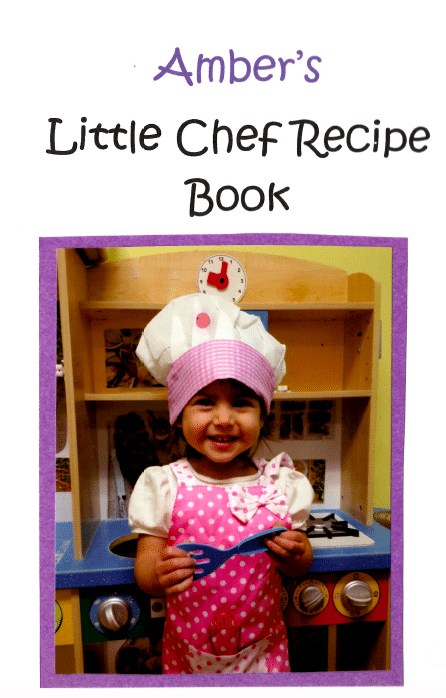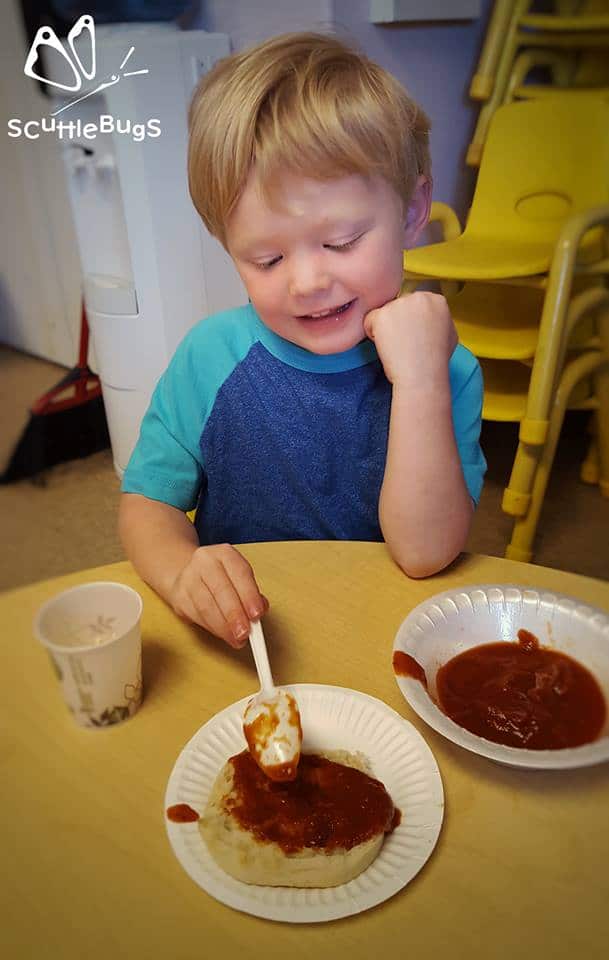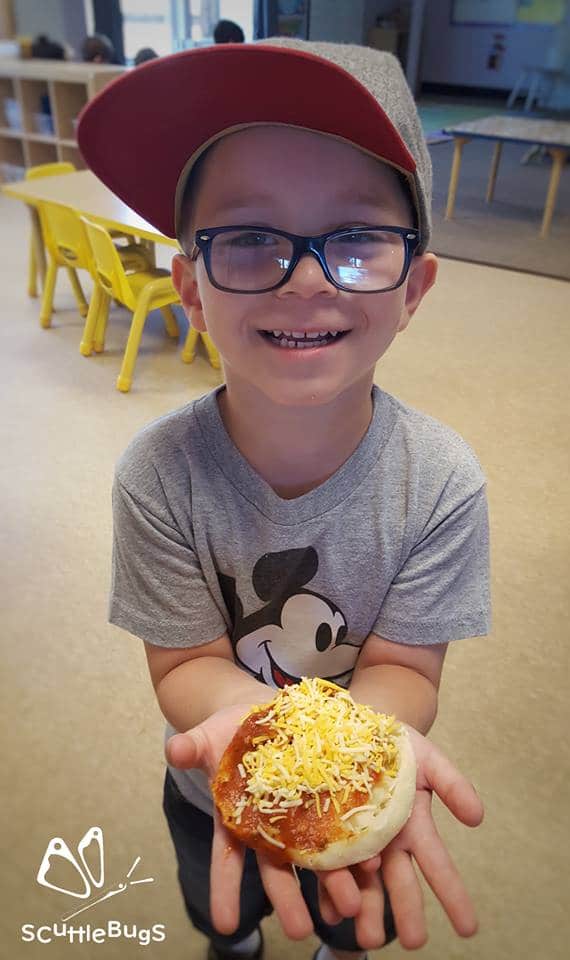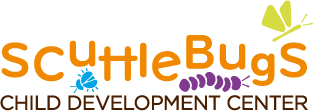I. Curriculum Area: Circle One
• Creative Arts/Sensory Exploration (applies to children in infant and toddler rooms)
• Discovery
• Motor/Physical Development
II. Name of Experience: Making pizza
III. Reason to choose this experience for children:
This falls within ScuttleBugs Reggio Emilia/Emergent approach and is most ideal in that children can relate to and are more engaged in the subject matter driven by their interests in an all-encompassing fun setting (without realizing, your love bugs can acquire learning goals along the way).

I have been observing the children during activities and they really seem to be interested in cooking. I see them playing in the kitchen and pretending to cook and also when they use playdough they cook pizzas and other things. Dramatic and imaginary based play are critical in a child’s development. Bear in mind, what type of role model are you? Some of what children play out is inevitably made up but often times it’s based on their experiences and observations in life.
IV. What are the outcomes for this experience?
1. The children will be able to choose what they’d like on their pizza. Empowerment and individuality.
2. The children will also be able to taste the flavor of the pizza they have made on their own. Rewards based results – nothing better than a meal you’ve prepared with fresh ingredients!

V. Equipment/Materials:
• Oven
• Pan
• Baking sheets
• Rollers
• 350g flour(2.5 cups)
• 2 ¾ tsp of baking powder
• 1 tsp of salt
• 1 tsp of oil
• 170 ml of water
• Topping of your choice( cheese, pepperoni, tomato sauce)
• Table to set everything out
VII. Presenting the Experience:
I will introduce this activity by setting out all the materials on the table in a way that will catch the children's interest. I will also be inviting the children to come join in the activity at various stages. This activity will connect with the children’s current experiences and part of their daily routine because they usually pretend to be cooking things with materials in the classroom during free play.

What other materials might be provided to children if children’s interest in the experience persists?
Provide more relevant materials that extend on this theme. Pretend food/utensils, safe/real/sensory products to replicate consistency/mass and the chemistry of cooking (even adding food dye is a STEM project in itself), books on global cuisine and talk about what we eat at home/school and what the diets of people from around the world consist of. Discuss foods that we like but aren’t healthy for us – explain why. Arrange a family potluck where we can share dishes.
